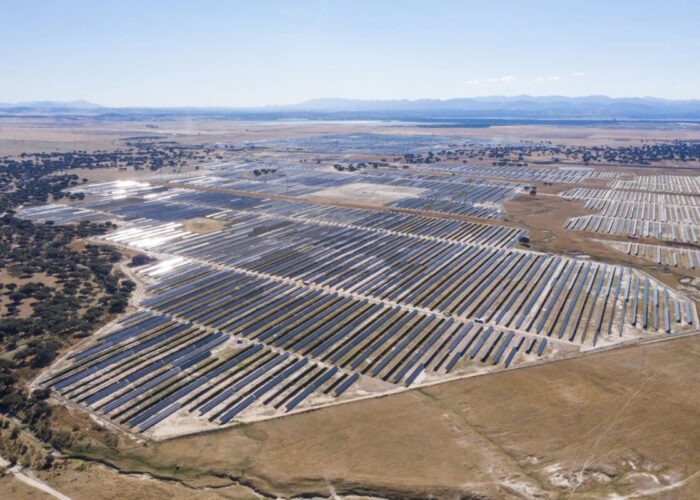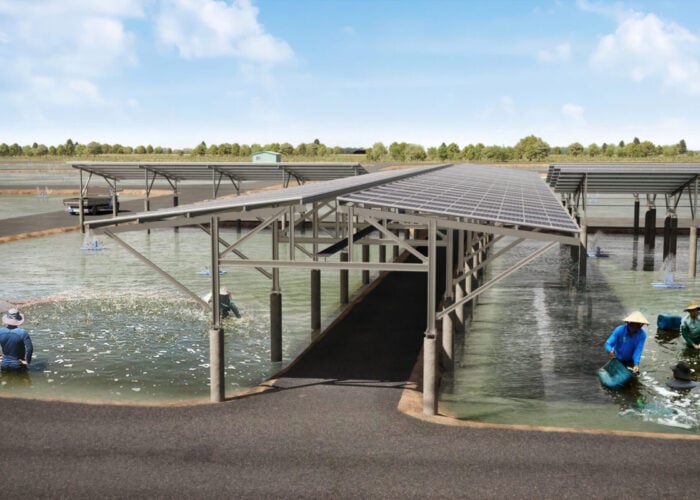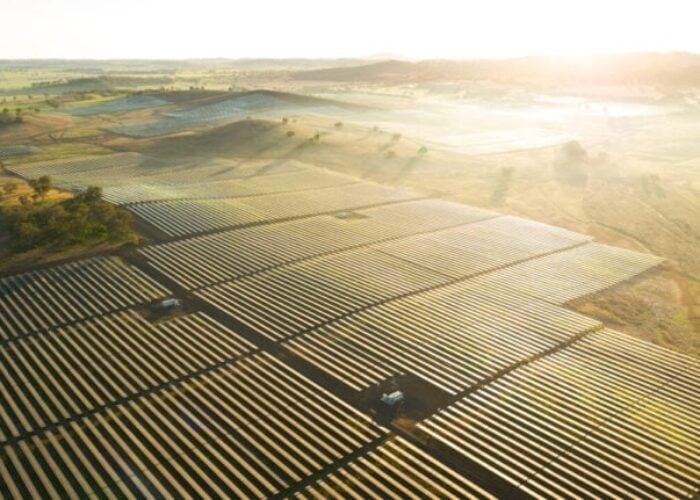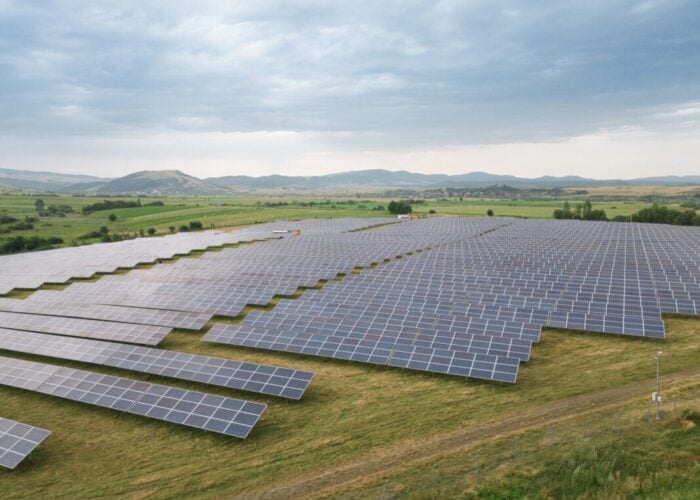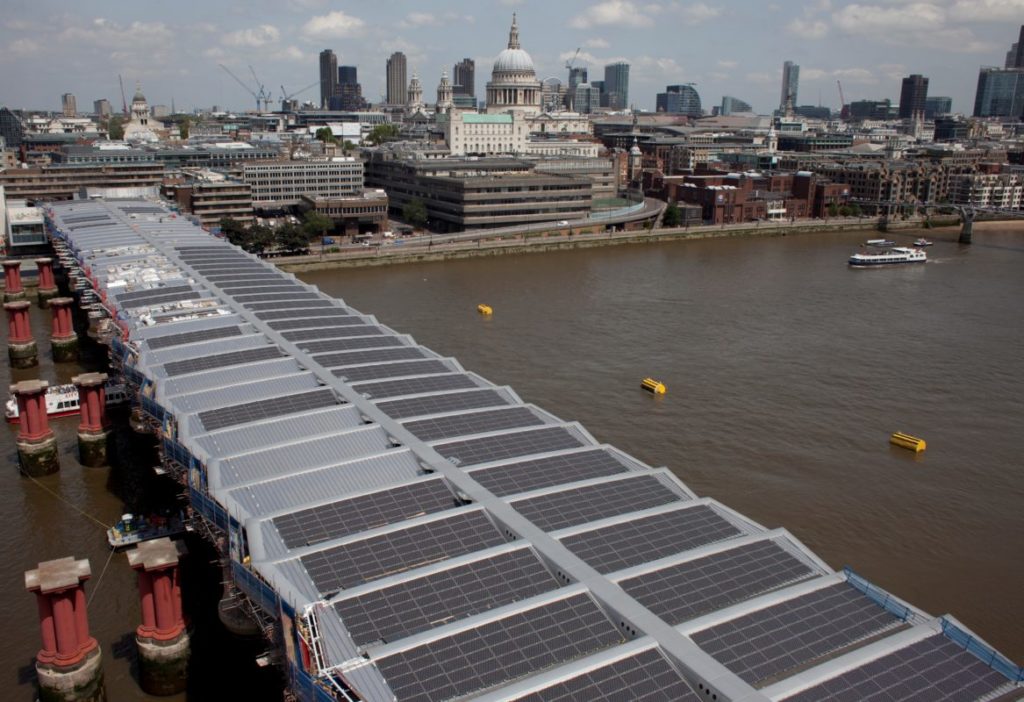
It is clear that the world needs more solar power. The International Energy Agency reported in 2022 that while solar PV generation increased by a record capacity in 2021, up to 179TWh, 22% more than in 2020, more work will be needed. The group estimates that the world’s total solar capacity will need to increase by 25% each year between 2022 and 2030 in order to meet its Net Zero Emissions by 2050 scenario, an increase in annual capacity addition of “more than threefold”.
Yet this is not to say that the world’s solar producers are shirking from their responsibilities. Just this week, the UAE finished work at the fifth phase of its massive 2.8GW Mohammed bin Rashid Al Maktoum Solar Park, and arrangements and acquisitions made in the sector are now regularly measured in gigawatts and billions of dollars.
Unlock unlimited access for 12 whole months of distinctive global analysis
Photovoltaics International is now included.
- Regular insight and analysis of the industry’s biggest developments
- In-depth interviews with the industry’s leading figures
- Unlimited digital access to the PV Tech Power journal catalogue
- Unlimited digital access to the Photovoltaics International journal catalogue
- Access to more than 1,000 technical papers
- Discounts on Solar Media’s portfolio of events, in-person and virtual
In order to meet the world’s clean energy goals, which are as ambitious as they are necessary, organisations not typically considered solar power companies will likely have to play a key role in this energy transition. Whether that relates to producing solar power themselves, financially supporting a growing solar sector through corporate power purchase agreements (PPAs), or any number of other means of supporting the industry, the need to change the world’s energy mix is so striking that making these changes cannot be left to those in a single sector.
This shifting landscape of corporate needs brings a swathe of challenges and opportunities for those new to the renewables sector. Yet with specific knowledge needed to sign PPAs at a good price, and connections required with both national grids and the people operating them, the question remains as to how much a non-solar company is able or willing to engage in the solar sector, and what the best ways of engaging with the industry might be.
The role of PPAs
The most obvious way that a company not historically linked to solar power, or indeed any form of renewable energy generation, can involve itself in solar is through a PPA. These deals see a company agree to purchase electricity generated by a solar facility for a fixed period, and at a fixed price, giving power companies a buyer for their electricity, and firms in other sectors a source of clean power.
“We’ve got these decarbonisation targets [and] they were predicated very, very heavily on a very large programme of capital investment,” says David Abbott, corporate finance director of low carbon, renewables, infrastructure and property at Network Rail, which operates many of the UK’s railways. The company has a massive annual energy demand of around 4,000GWh, and the ways in which it has tried to decarbonise its energy supply is a useful case study for how non-solar companies can become involved in the solar power sector.
Most notably, the company signed a 49.9MW PPA with EDF in 2022. The power involved in the deal will meet 15% of the demands of the company’s non-traction energy, that which is not used to move trains, and forms part of the company’s plans to source 100% of its non-traction energy by 2030.
Deals such as these can also add an element of financial security to operations, for both power buyer and producer. The fact that the financial value of – and by extension backers’ willingness to invest in – solar power projects is often tied to the fluctuations of the electricity price can lead to an unwillingness to support large-scale solar power. Ensuring electricity generated from solar sources can be bought and sold at a fixed price sidesteps this issue, and the growth of corporate PPAs could make more companies eager to invest in solar power.
“Originally the plan was to replace an awful lot of diesel trains with electric trains, and whilst that’s going to happen to some extent, perhaps the extensiveness of electrification isn’t much as it was, so you kind of go: ‘Well, where do you go?’,” explains Abbott, discussing how PPAs can add stability for a company eager to decarbonise its entire supply chain. “If you’ve got a challenge of decarbonisation, and you can’t do plan A, then plan B, which is to think about decarbonising your electricity supply, becomes important.”
Supply and infrastructure
Ensuring a reliable supply of clean power is of paramount importance to Network Rail, and will be to a myriad other companies, who are not involved in building and operating power plants themselves. Just weeks after signing the deal with EDF, Network Rail announced that it was looking for a new renewable PPA partner to supply up to 1,000GWh per year for 25 years. The deal was valued at around US$1.59 billion, and Network Rail’s eagerness to expand its PPA portfolio is emblematic of a number of companies across a number of sectors.
But bringing solar power into the majority of the UK rail network is not a simple task; Abbott notes that: “It’s a bit more complicated than throwing a cable over a fence, sadly.” As a result, building strong relationships with those involved in the actual production of power, from solar panel manufacturers to engineers responsible for connecting trains to the UK grid, is essential for the successful implementation of some of the more ambitious PPAs.
“We’ve got a very mature relationship with the grid,” says Abbott. “We’ve been consuming power for a very, very long time. You could say that we’ve got our own distribution system at the moment anyway; if you’re in the south of England, we have these oil-filled cables running alongside the track, which essentially drive power from the grid to another point on the grid, and we have these feeder substations.
“So there is a bit of engineering that needs to be done to understand how to do that, but once we’ve cracked that, we should be very happy consumers of solar generation.”
Keeping these strong relationships between the grid and its users will be vital in the UK in particular. According to the National Grid, the UK produced its trillionth kilowatt hour of renewable electricity in May this year after 50 years of power generation. The group plans to produce the next trillionth kilowatt hour in “just over five years,” making clear the rapid rate of change likely in the UK grid, and highlighting the importance of effective infrastructure and relationships with those who use it.
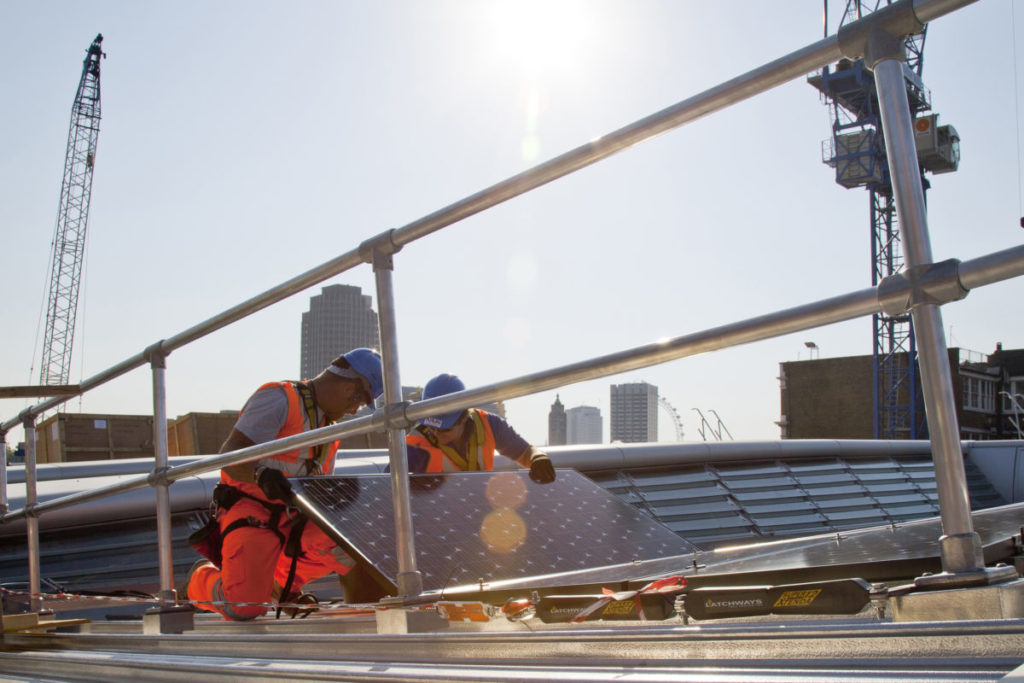
Obstacles or opportunities?
Of course, building an effective relationship with a national grid will take years, and even signing a single PPA, or commissioning a single solar farm, can necessitate considerable investment of time and, critically, money.
“This is one of the things that you always need to take into account; every government, and part of government is resource constrained,” says Abbott. “Doing something because it’s good for the planet, but costs us lots of money, means that you have a more difficult conversation, versus other schemes. Ultimately, we’re in the business of making trains move, and we’re in the business of helping people go from place A to place B.”
The financial aspect of PPAs in particular is of growing concern to those in the industry, as both the scale of PPAs being signed, and the cost of each PPA completed, continue to grow over time. In the first three quarters of 2022, the capacity of power projects involved in PPAs was 7% higher than in the entirety of 2021, while the average price of a PPA signed in the UK jumped by 30% between the third and fourth quarters of 2022, as the average price across Europe increased by 11.4%.
“Base load comes at a very premium price,” adds Abbott, pointing out how government organisations in particular could struggle to meet the spiralling costs of the clean energy transition. “All government bodies, they have this thing called ‘managing public money’, which says: ‘you’ve got to do the right thing, but you have also got to do the right thing at the right price.’”
These challenges, however, have led to opportunities for the companies signing these PPAs. Abbott notes that the need to invest in, and have an understanding of, renewable energy and its financing has encouraged Network Rail to build a range of “multi-disciplinary” teams to facilitate all aspects of the company’s involvement in clean power, helping it keep across developments in a world can be as complex as it is expensive.
“There is procurement representation, there is finance or commercial representation, there is legal, there is technical and there’s project management,” says Abbott. “And we bring these teams together to deliver this, and we try to keep the teams as tight as possible, for the obvious reasons, and they do work well. And that solves some of these problems of complexity, and the team that is doing behind the meter is not the team that’s doing corporate PPAs.”
“A lot of solar, a lot of offshore wind”
Approaching the complexities and costs of renewable power investment as a puzzle to be solved is an admirable attitude, and hopefully one that will deliver the rapid changes needed to meet the world’s clean energy targets. When asked about the possibility of Network Rail developing trains equipped with rooftop solar panels to generate power as they move, Abbott replied with an encouraging, “yes, asterisk!”
This willingness to embrace the new will also stand the company in good stead considering the likely future composition of the world’s energy mix, where the majority of power is derived not from a single source, but from a range of sources, including renewables, nuclear and some legacy fossil fuel generation. Figures from Our World In Data note that electricity generated by burning coal alone accounted for more than one-third of the world’s energy mix in 2000, but many countries are now looking for a more diversified supply.
According to the UK National Grid, 48.5% of the country’s electricity is generated from renewable sources, split between 28.3% coming from wind and 20.2% coming from solar. The contribution of these clean power sources is comparable to other forms of energy in the UK grid, with natural gas responsible for 15.8% of the electricity generated and nuclear 14.7%, and Abbott was eager to embrace this broader approach to diversifying his company’s energy mix.
“On one hand, we’re agnostic on technology, power is power,” says Abbott. “But on the other hand, we do care about the mix of the value case, because ultimately if you put all your eggs in one basket and you go for offshore wind and exclude anything else, you’re going to pay a premium in terms of security of supply, so we like the idea of a bit of mixture.
“I think what we’ll see is a lot of solar, a lot of offshore wind, we might see a reasonable amount of onshore wind depending on UK policy, and we might see some other energy sources if the valid case can be made.”


